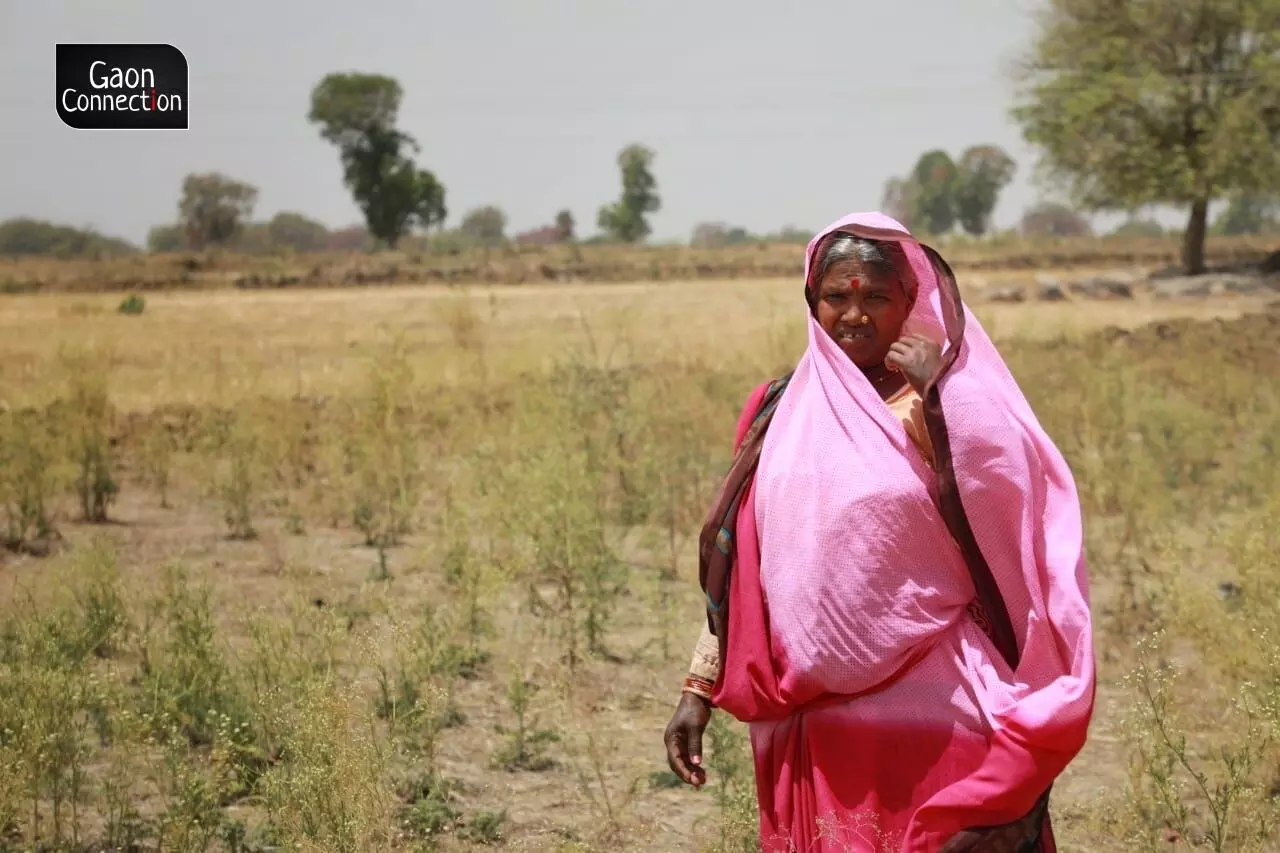According to the findings of a research study, there has been a considerable reduction in public expenditure on agriculture as compared to developed countries and even some of the developing countries.
The study was conducted by the Bengaluru-based charitable trust named Foundation of Agrarian Studies.
The report titled Analysis of Public Expenditure in India was released on March 19 and it highlighted that the central government has transferred the burden of expenditure in agriculture to the state governments as the findings of the study revealed that the share of the central government expenditure reduced in total expenditure on agriculture whereas there was an increase in the share of state governments’ expenditures.
“This shift is an attack on the federal values enshrined in the constitution,” the trust’s press release stated.
The report’s research was based on an analysis of the Budgets of central and state governments from 2011-12 to 2018-19.
The press release stated that within the sub-sectors of agriculture, there was a sharp decline in government expenditure on crop cultivation and food production, which was accompanied by increased government spending towards agricultural financial institutions through schemes for credit disbursement and interest subsidies.
The report also noted that the overall government expenditure on irrigation as a share of total public expenditure has also declined over the last decade. In sum, public expenditure in agriculture has moved away from support for direct production towards income support and credit-based assistance.
R. Ramakumar, professor at the Mumbai- based Tata Institute of Social Sciences (TISS) who led the research study underlined in the discussion that direct cash transfers became an escape route for the central government.
“The fiscal consolidation measures of the Central Government led to rising anger and unrest among the rural population. Given this scenario, the Government was not left with any other options than to provide direct cash transfers,” he stated.
The research project was supported by the Berlin-based Rosa Luxemburg Stiftung, a political foundation that works on labour rights across the world. It included research scholars Raya Das from Jawaharlal Nehru University and Abhinav Surya from the Centre for Development Studies who served the research study in the capacity of co-investigators.
Answering a question on the measures needed to convince the governments to increase their spending on agricultural research, the TISS professor said that the real answer lies in movements led by farmers and agricultural workers.
“One of the reasons influencing the reduced spending is the undue criticism aimed at agricultural science from sources that often promote ‘nature-based’ alternatives. The way to change the current situation is to transform what remains as a technical issue into a public and political issue,” the professor said.
Also, Vijoo Krishnan, the joint secretary of the All India Kisan Sabha stated in the panel discussion that the decline in agricultural expenditure will ‘lead to pauperization’ of small and marginal farmers.
Also Read: Union Budget 2022: Here’s what the budget has to offer rural India
“As the government withdrew from public spending in agriculture, farmers are increasingly driven into debt and suicide,” he said.
The farmers’ leader also pointed out that while the Prime Minister Narendra Modi-led central government came into power with claims of doubling farmers’ incomes and implementation of the M. S. Swaminathan committee report, it has failed to fulfil any of these promises.

“While the amount of work that women are involved in is increasing, women lack access to productive forces.”
Photo by: Yash Sachdev
Impact on women in agriculture
The virtual event also zoomed in on the effect of lesser funding in agriculture on the women.
Discussing how women’s labour is underrepresented even though they are increasingly taking up roles of cultivators and wage workers in rural India, S. Niyati, Associate Scientist, International Rice Research Institute, highlighted that while the amount of work that women are involved in is increasing, women lack access to productive forces.
“As a result, women farmers lose out on any assistance that governments provide and as this dwindles, the effects are worsened further in the current context,” she noted.
She also added that the central government’s spending on schemes such as MGNREGS (Mahatma Gandhi National Rural Employment Guarantee Scheme) and on agricultural research and extension are crucial in increasing incomes of rural women.


















